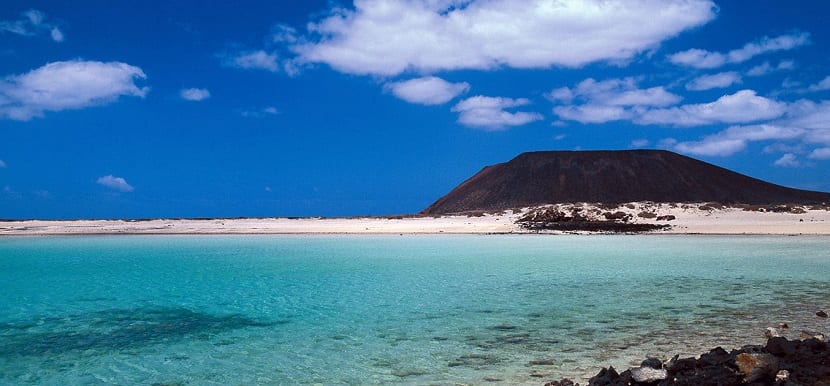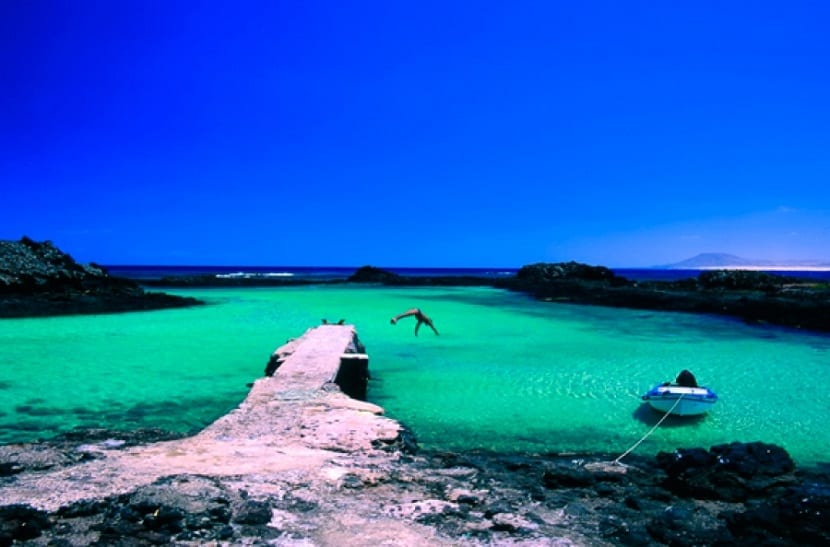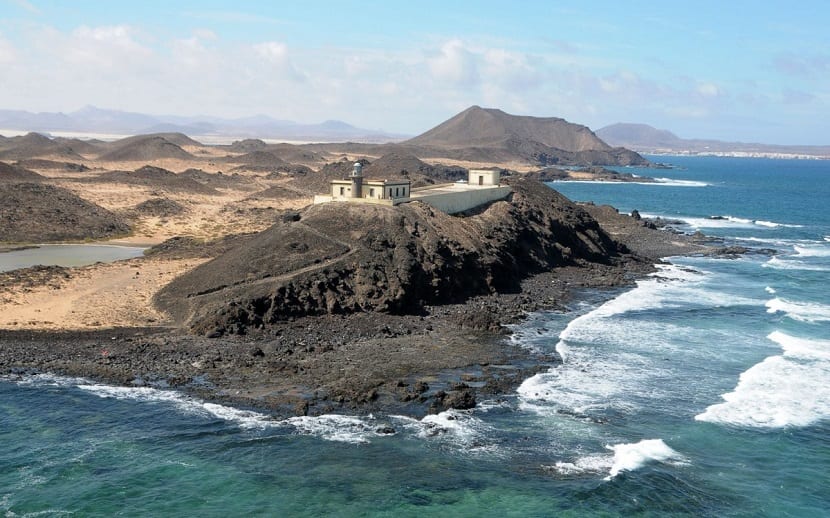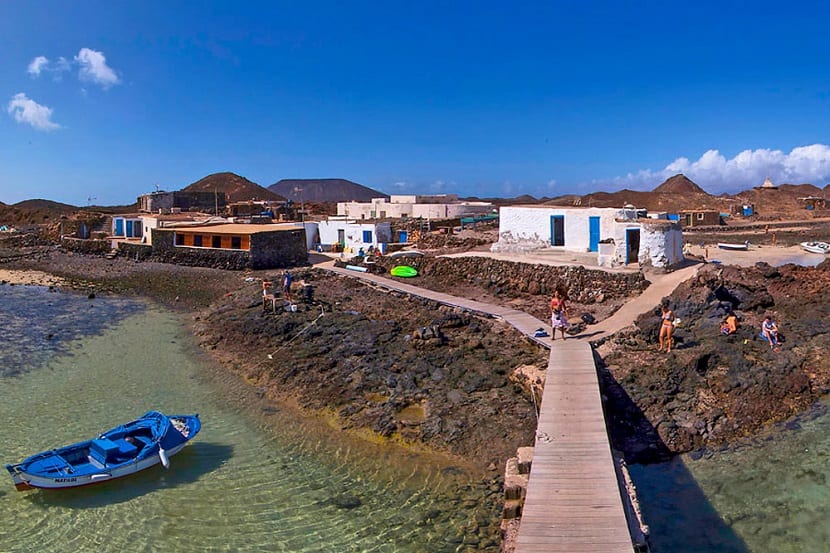
Image | Canarias.com
Of the entire Canary archipelago, Furteventura is the closest to Africa. Just to the northwest of it is a small island refuge for fishermen and home to spectacular beaches with clear sand.
In the past, visiting the islet was somewhat more complicated since it had to be done in small groups that traveled in a small boat that left them in the morning and picked them up in the afternoon. Nowadays, everything is simpler and in fact the number of visitors has increased. But what makes Isla de Lobos such a special place? Next, we will visit some of the most important places to visit in Isla de Lobos.
Interpretation Center
To start getting to know Isla de Lobos, nothing better than going to the Interpretation Center next to La Calera beach. There we will discover the origins of the island and the reason for its name: before the arrival of the Spanish there was a large colony of sea lions or monk seals that served as food for the population until they almost became extinct at the beginning of the XNUMXth century. To reverse this situation, there is a project that is committed to reintroducing the species from Mauritania.

Image | Fuerteventura Island
El Puertito
Thanks to a circular path that is part of the Long Distance route that crosses the Canary Islands, we will be able to explore the most outstanding corners of the Isla de Lobos in just two hours.
One of them is El Puertito, a group of white sand beaches and clean protected waters protected from the waves thanks to the rocky reefs that surround them. It is located in the southern area and is a perfect place for diving and bathing. It has a dock for docking boats and fishing boats as well as a diving academy and a small group of fishermen's houses that have been left abandoned due to the growing depopulation of the islet.
The Calera
A short distance away is La Calera beach, which is also perfect for taking a dip, but it is much more than a beach. It is the island's great sandy area that has a small lime kiln and old salt flats that were used to desalinate sea water and use it for salting fish.
In addition, stone structures have been found on this same beach that experts attribute to an old factory that made purple dyes from the processing of marine mollusks (Stramonita haemastoma). It is one of the most important archaeological sites in the Canary Islands. Hooks, ceramics, walls and the remains of thousands of sea snails have been found here.
At present, this beach is divided into two areas: one familiar and busy and the other secluded for the practice of nudism. There are no services of any kind, so visitors will have to bring everything they need from home to spend a day outdoors. However, from this beach you have incredible views of the beaches of Corralejo and Fuerteventura.

Image | Passenger 6A
The Martiño Lighthouse
The circular path that runs through Isla de Lobos begins from La Calera beach. The first part of the path goes into the volcanic wastelands and from this place you can climb the truncated cone of the La Calera volcano to reach the Martiño Lighthouse, which occupies the north side of the island. From above you have a general perspective of practically the entire islet and on the horizon of the Natural Park of the Dunes of Corralejo.
The return is made by the sea strip and there is almost no vegetation, being the predominant landscape of black stones. The Martiño Lighthouse is located just 5 kilometers from El Puertito.
The Antonio El Farero Restaurant
In Isla de Lobos there is only one restaurant: Antonio el Farero. If you want to eat here, you have to reserve a table as soon as you get off the boat. There are only two or three shifts and a reduced menu based on the fresh fish of the day is offered. However, if you want to eat outdoors, the most recommended is to have a picnic on the island, respecting the rules.

Image | Civitatis
How to get to Isla de Lobos?
The boats that connect the Isla de Lobos with Fuerteventura depart from the port of Corralejo. There are companies that make the route with several frequencies a day. The first boats leave Corralejo around 10am. and the last ones return at 16pm. in winter and at 18pm. in summer.
Where to stay in Isla de Lobos?
In Isla de Lobos there are no accommodations but there is a camping area next to La Calera beach. If you want to spend the night here, you need to request permission from the Fuerteventura council and you can only camp for a maximum of three nights. The fines for breaking the rules or littering are very high.